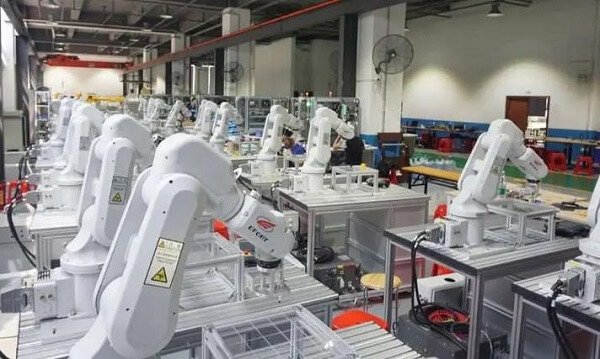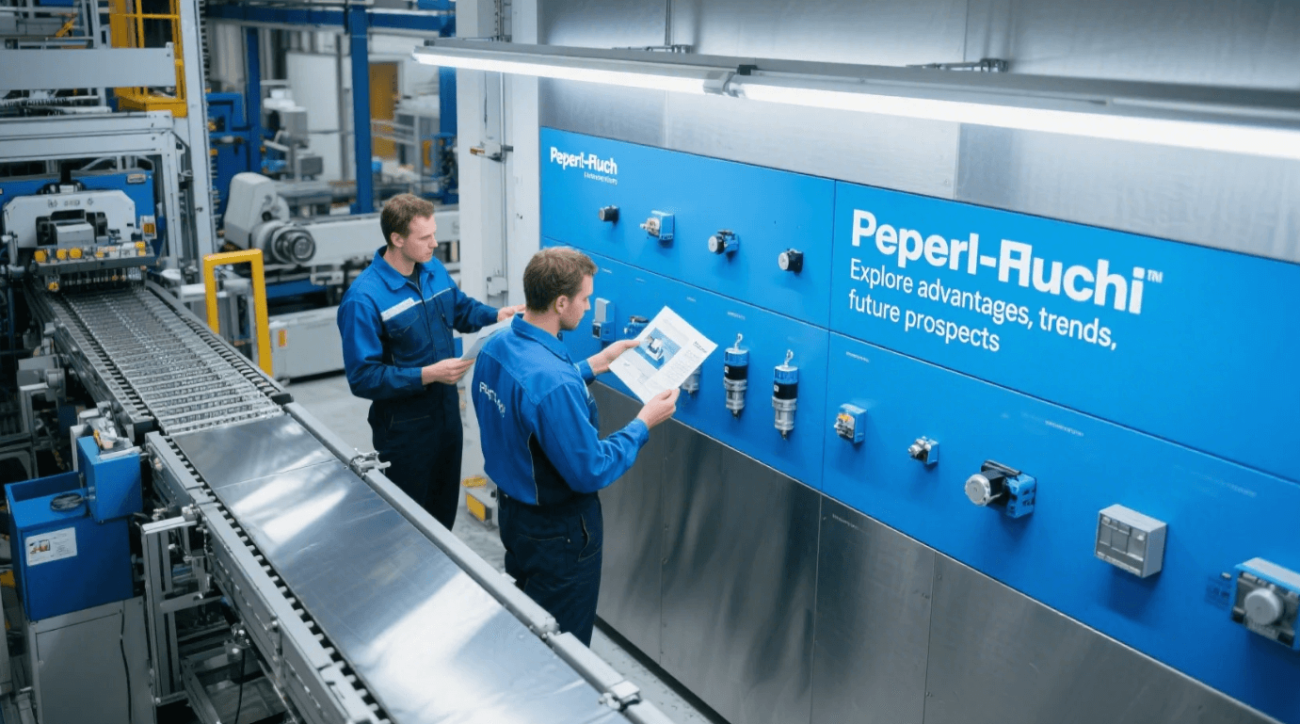Intrinsieke veiligheid in de elektrotechniek: Waarom Pepperl+Fuchs voorop loopt in de toekomst

Introduction: The Rising Importance of Intrinsieke veiligheid
In today’s high-risk industrial environments, especially within the electrical engineering sector, safety is paramount. The concept of intrinsic safety has become a key consideration for design and operations. Among the leaders advancing this essential technology is Pepperl+Fuchs, a company recognized globally for its innovative safety solutions. In this article, we explore the modern advantages and future potential of intrinsic safety, with a sharp focus on its application in the electrical industry.
What Is Intrinsieke veiligheid?

Definition and Core Principle
Intrinsic safety is a protection technique designed to prevent explosions in hazardous environments by ensuring that electrical circuits are incapable of releasing sufficient energy to ignite a flammable atmosphere.
How It Works
This is achieved by limiting electrical and thermal energy to levels below those that could cause ignition. By design, intrinsically safe equipment reduces the need for heavy-duty explosion-proof enclosures.
Why the Electrical Industry Needs Intrinsieke veiligheid
High-Risk Environments
Electrical systems are often deployed in areas prone to gas, vapor, and dust accumulation—common in petrochemical, mining, and wastewater facilities. A single spark in such environments could lead to catastrophic incidents.
Regulation and Compliance
Adhering to international standards like ATEX, IECEx, and NEC 500 has become mandatory. Intrinsic safety simplifies compliance while enhancing reliability and operational uptime.
Pepperl+Fuchs: A Trusted Innovator in Intrinsieke veiligheid
Bedrijfsoverzicht
With over 70 years of expertise, Pepperl+Fuchs is a pioneer in electrical explosion protection and sensor technology. Their intrinsic safety product lines are recognized for high performance and dependability.
Range of Products
Pepperl+Fuchs offers a wide portfolio including barriers, isolators, and interface modules—all engineered with intrinsic safety in mind. These are specifically tailored for deployment in complex, hazardous industrial settings.
Key Advantages of Intrinsieke veiligheid in Modern Systems
Enhanced Operational Safety
By design, intrinsically safe systems eliminate ignition sources, drastically reducing the risk of explosions.
Simplified Maintenance
Because the equipment is inherently safe, technicians can perform maintenance without needing to shut down operations or use explosion-proof enclosures, leading to lower downtime.
Kostenefficiëntie
Long-term cost savings are significant. While initial investments in intrinsic safety systems may seem higher, the reduced need for heavy-duty components and enhanced reliability pay off over time.
Future Trends in Intrinsieke veiligheid
Integration with IIoT
Modern intrinsically safe systems are increasingly compatible with Industrial Internet of Things (IIoT) technologies, enabling smarter diagnostics and predictive maintenance.
Miniaturization of Components
As technology advances, components are becoming smaller yet more powerful, allowing intrinsically safe systems to be deployed in more compact, mobile solutions.
Sustainability and Safety Convergence
The push toward greener practices aligns naturally with intrinsic safety, which reduces risks without adding environmental burden.
Applications of Intrinsieke veiligheid in de elektrische sector
Process Automation
In refineries and chemical plants, intrinsically safe devices enable continuous operation without risking safety breaches.
Sensor Networks
Pepperl+Fuchs’ intrinsically safe sensors are widely used to monitor conditions in explosive zones, enhancing both automation and safety.
Energy Sector
Oil & gas facilities rely heavily on intrinsic safety to meet both safety and environmental compliance standards.
Key Markets Served by Pepperl+Fuchs
- Petrochemical Plants
- Offshore Rigs
- Water Treatment Facilities
- Pharmaceutical Manufacturing
- Voedsel- en drankverwerking
Comparative Advantage Over Explosion-Proof Systems
Lower Installation Complexity
Explosion-proof enclosures are bulky and expensive. In contrast, intrinsic safety solutions are lighter, easier to install, and safer for ongoing operations.
Maintenance and Downtime
Explosion-proof setups often require total system shutdowns for servicing. With intrinsic safety, maintenance is much easier and operational interruptions are minimal.
Compliance and Certifications
Pepperl+Fuchs ensures all its intrinsically safe equipment meets global safety standards including:
- IECEx
- ATEX
- UL and CSA
- FM (Factory Mutual)
Customer Success Stories
Numerous enterprises have documented improved safety, lower costs, and better operational reliability after switching to Pepperl+Fuchs’ intrinsically safe systems.
Challenges and Misconceptions
Some believe that intrinsic safety compromises performance. However, with today’s technological advancements, performance levels are not only maintained but often improved.
How to Choose the Right Intrinsieke veiligheid Partner
Look for partners with a track record in hazardous area protection, extensive product support, and adherence to international certifications—qualities Pepperl+Fuchs exemplifies.
Conclusion: Embrace the Safe Future with Pepperl+Fuchs
Intrinsic safety is more than a compliance measure—it’s a commitment to operational excellence. As the electrical industry continues to evolve, Pepperl+Fuchs stands as a dependable leader driving innovation in safety. Investing in intrinsically safe technologies today prepares businesses for a smarter, safer tomorrow.
FAQs
1. What makes intrinsic safety superior to other explosion protection methods? Intrinsic safety eliminates ignition sources at their origin, simplifying design and reducing cost.
2. Are intrinsic safety systems suitable for all hazardous areas? They are ideal for Zones 0, 1, and 2 where explosive atmospheres are common.
3. Can intrinsic safety be integrated with digital systems? Yes, modern solutions easily integrate with IIoT, SCADA, and PLC systems.
4. How does Pepperl+Fuchs support customers in implementing intrinsic safety? They offer expert consultations, certified products, and extensive training.
5. What industries benefit most from intrinsic safety? Petrochemical, energy, water treatment, and pharmaceuticals benefit significantly.
